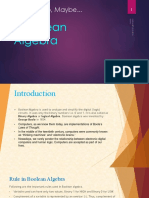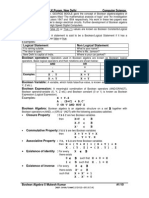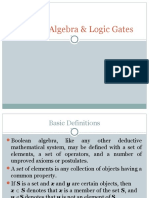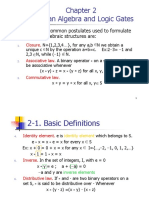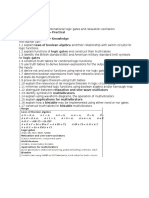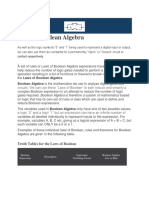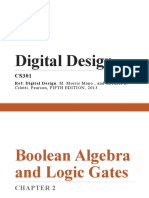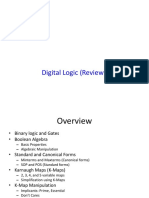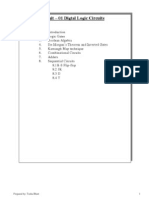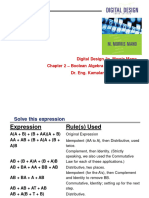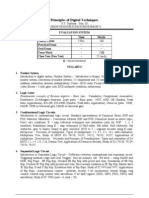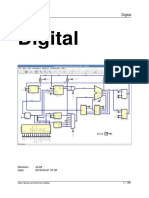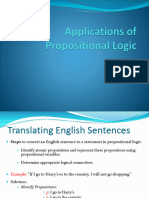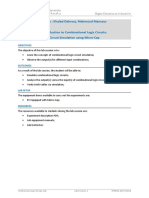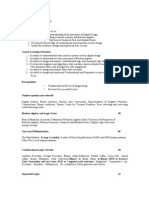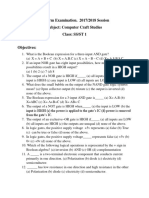0% found this document useful (0 votes)
13 views24 pagesUnit 02 - Boolean Algebra
Unit 2 covers Boolean Algebra, including its rules, laws, and basic logic gates such as NOT, AND, OR, as well as universal gates like NAND and NOR. The unit aims to equip learners with the ability to list and explain these concepts and realize circuits using universal gates. Additionally, it discusses the derivation of Boolean expressions from truth tables and the importance of minterms and maxterms in Boolean functions.
Uploaded by
musicgg09Copyright
© © All Rights Reserved
We take content rights seriously. If you suspect this is your content, claim it here.
Available Formats
Download as PDF, TXT or read online on Scribd
0% found this document useful (0 votes)
13 views24 pagesUnit 02 - Boolean Algebra
Unit 2 covers Boolean Algebra, including its rules, laws, and basic logic gates such as NOT, AND, OR, as well as universal gates like NAND and NOR. The unit aims to equip learners with the ability to list and explain these concepts and realize circuits using universal gates. Additionally, it discusses the derivation of Boolean expressions from truth tables and the importance of minterms and maxterms in Boolean functions.
Uploaded by
musicgg09Copyright
© © All Rights Reserved
We take content rights seriously. If you suspect this is your content, claim it here.
Available Formats
Download as PDF, TXT or read online on Scribd
/ 24








